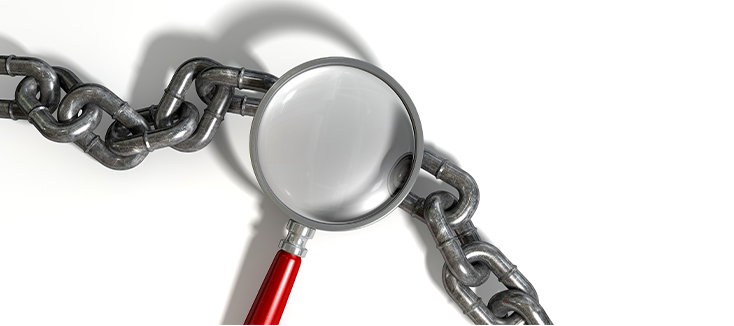Creedmoor, NORTH CAROLINA - CS Medical, manufacturer of the TD 100® automated TEE probe disinfector, is pleased to announce that the company now offers TEE probe storage cabinets.
As leaders in the TEE (transesophageal echocardiogram) probe care field, CS Medical recognized the need for a secure, dedicated method for storing TEE probes after disinfection. ″Our customers were using a variety of improper techniques for handling and storing probes after disinfection with the TD 100, ranging from coiling the probes in pillow cases to storing them in the manufacturer's plastic case, which is intended only for transport,″ said Mark Leath, President of CS Medical. 'Open air' hanging systems do not adequately protect probes from airborne contamination, theft or accidental damage.″
″The TEE probe is essentially a type of endoscope,″ continued Leath. ″The Centers for Medicare and Medicaid Services (CMS) require endoscopes to be hung vertically in a manner that will protect them from contamination. This is a specific question on the new CMS Surveyor's Worksheet. The TE-03 and TE-06 TEE probe storage cabinets meet these requirements and are designed specifically to protect TEE probes, which are more delicate and more expensive than some types of endoscopes.″
Within the TEE probe storage cabinets, positive-pressure filtered air bathes the disinfected TEE probes to minimize the potential of airborne particles entering the cabinet. The tip and insertion tube are allowed to hang vertically inside the cabinet while the control handle and connector are held in secure positions. The cable support distributes the weight of the cable over a gentle curve to minimize stress on the cable. Once TEE probes have been safely placed inside the storage cabinet the door can be closed and locked for added security.
The new TEE probe storage cabinets are constructed from thermally fused polypropylene, making them easy to clean with any disinfectant. Polypropylene does not absorb moisture and will not break down if exposed to harsh cleaning solvents.
″Time and again we see hospitals using repurposed or cobbled-together storage systems for their probes,″ stated Leath. ″These new AirClean cabinets were designed from the ground up to specifically accommodate TEE probes, and are very simple to install and maintain - yet more reasons we decided to offer this great storage solution for our customers.″


